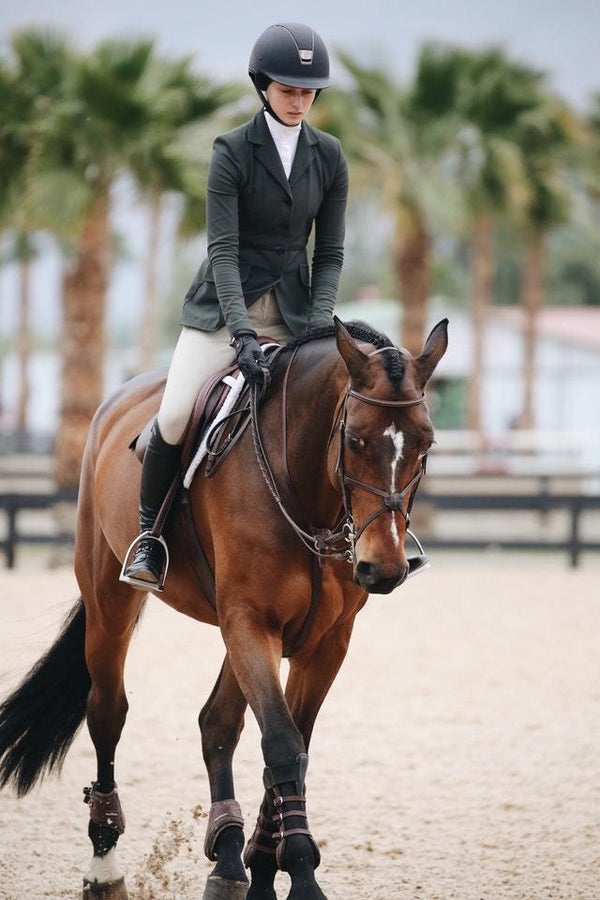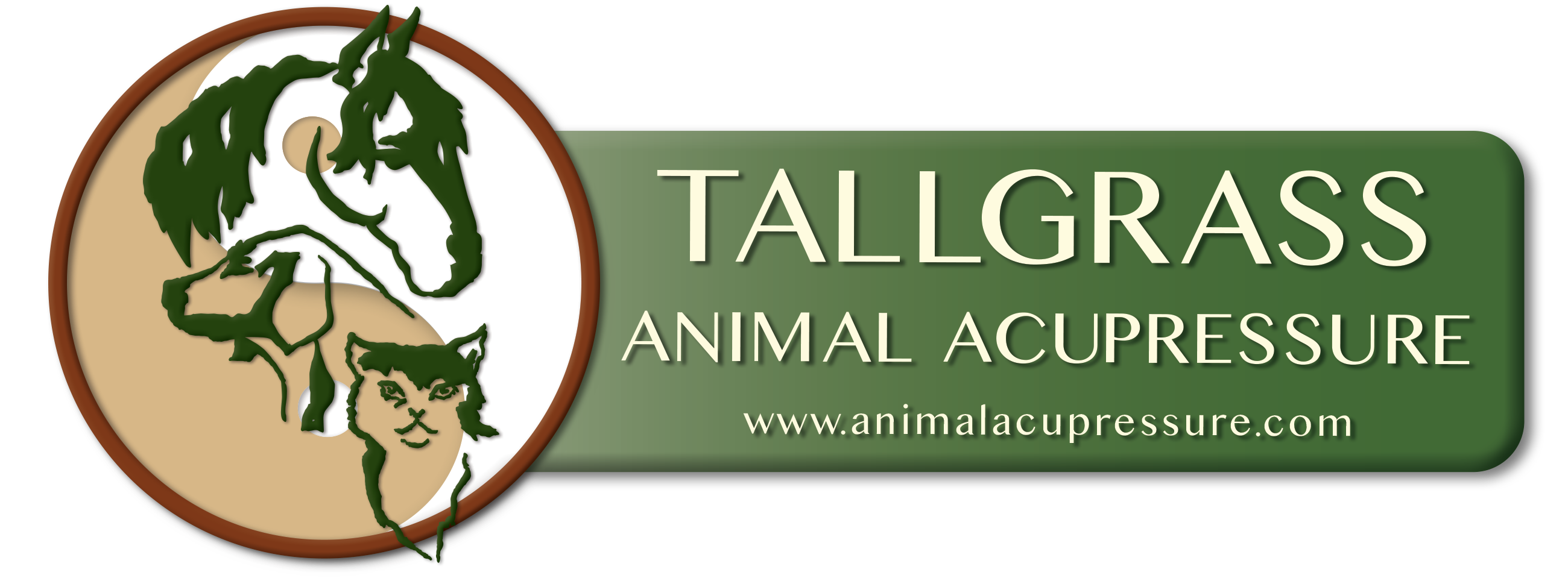
Marketing Tip: Client Retention Part 1
By Amy Snow & Nancy Zidonis
Part 1 of a 3-part series
Just think of all the time, money, and energy you have invested in having a client. It’s a lot! The important part of building a clientele for your animal acupressure/Tui Napractice is keeping your clients so you don’t have to constantly invest in new clients.
How do you retain clients? It all boils down to good communication. Building rapport with the animal’s guardian by listening to his/her concerns and the current issue is of utmost importance. Make sure you really understand why they are coming to you. Ask questions even beyond the in-take form we have posted on the Tallgrass website for practitioners. Show interest in their lives and their lifestyle – family members, other animals, home life, travel, and work.
Being sincerely curious and really listening to their responses makes a huge difference in how they will feel you are taking care of them and their horses, dogs, or cats. They need to sense that you are a professional practitioner of course, but they really need you to be a warm, caring human being who wants to help them with their beloved animal.
At your first meeting with a new client have the guardian be as specific as possible their concerns regarding their animal. The more specific they can be the better you will be able to address the issues. If they are being vague, ask specific questions without being too intrusive. Write their answers down so they know you are taking them seriously. These notes should go into a file so you can review them before the next appointment.
Go through the in-take form carefully, but listen for surrounding issues or situations. What other healthcare practitioners are working with the guardian and animal? Be sure to get the names, contact information, and the roles of others on the team.
When you have assessed the animal take time to explain what you will be addressing in your routine or session. Be careful to use common language and not say something that will be confusing to someone who is not familiar with Traditional Chinese Medicine. You don’t want to cause any alarm referring to a Spleen imbalance – that could really scare the guardian. Use neutral terms and even smile while you are letting the guardian know what you are planning.
At the end of the session let the guardian know what to expect as a possible outcome of the body work. Enlist him/her in observing their horse, dog, or cat. Be sure to say that there’s a possibility of a “healing crisis” where the animal may appear worse for a period of time because the session has gotten things moving internally. Let them know you will be calling tomorrow to find out how the animal is doing.
Before they leave (or you leave), communicate the therapeutic benefits of the session or routine you have completed and what the next session will entail. Let them know when the best time is for the next session. Then, ask to schedule the next appointment.
This is the start of a relationship with the guardian and his/her animal. It’s a professional relationship, true, but it is a very human one, too!
The next part of this 3 part series will focus on communications skills because communication is key in building and retaining your client base. Watch for “Communicating with Clients.”
